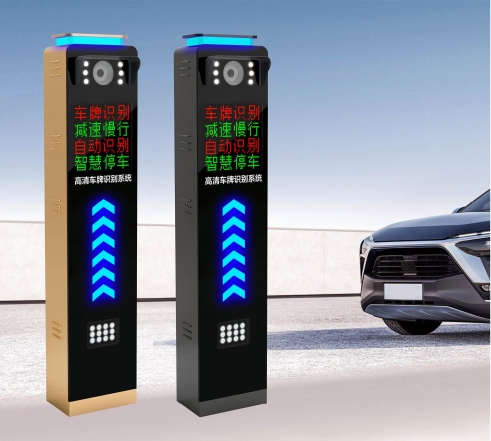remote
来源:
|
作者:xingguangyi
|
发布时间 :2024-06-13
|
749 次浏览:
|
分享到:
This plan first designs an RFID based intelligent parking lot management system, which integrates long-distance induction radio frequency technology, automatic control technology, and vehicle detection technology. It is applied to parking lot fee management, vehicle control, and personnel management, with advanced, reliable, safe, convenient, and fast characteristics, effectively solving the problems of owners and car owners; At the same time, the system can also conveniently cooperate with other systems such as access control and consumption, thereby achieving non-stop management.
This plan first designs an RFID based intelligent parking lot management system, which integrates long-distance induction radio frequency technology, automatic control technology, and vehicle detection technology. It is applied to parking lot fee management, vehicle control, and personnel management, with advanced, reliable, safe, convenient, and fast characteristics, effectively solving the problems of owners and car owners; At the same time, the system can also conveniently cooperate with other systems such as access control and consumption, thereby achieving non-stop management. Then, based on the causes of collisions in RFID systems, the working principles and processes of binary search algorithms and dynamic binary search algorithms were studied and analyzed. By comparing the advantages and disadvantages of two algorithms, a recursive dynamic binary search algorithm is proposed, which can reduce data transmission and effectively utilize the prefix, collision information, and conflict bits already recognized by the reader. The return based binary search algorithm can narrow down the search range of tags, greatly reducing the communication time and amount of data transmitted between readers and tags. Through simulation programs, dynamic binary search algorithms and return based dynamic binary search algorithms are implemented. The program outputs randomly generated tag IDs, correctly recognized tag IDs, the number of communication times between the simulated reader and the tag, and the total amount of communication data. By comparing and analyzing the communication frequency and total data volume of the two algorithms, and comparing the statistical results and graphics, the return based dynamic binary search algorithm significantly reduces the system's communication frequency and data volume, and improves the system's recognition efficiency.



















